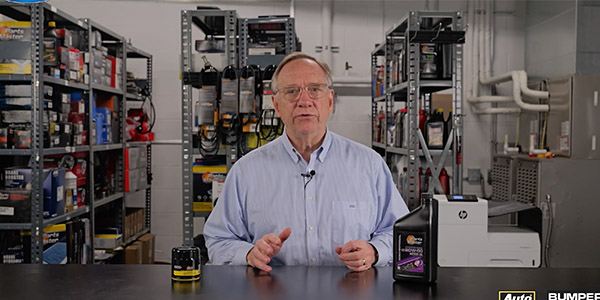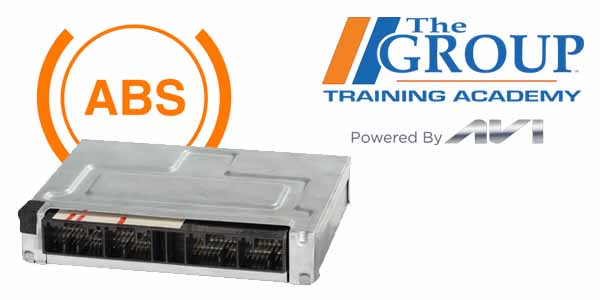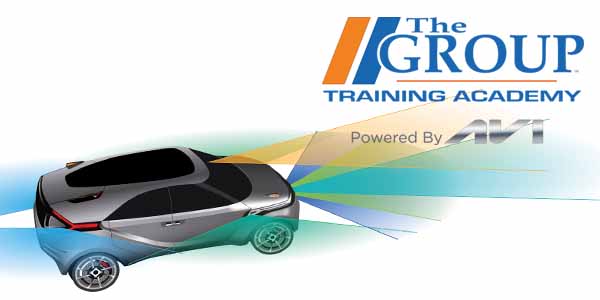CC:
Timing change. Stretch is not the stretching of the timing change’s links. It is elongation of the timing chain caused by where to the change components. Timing change stretch is a common issue in internal combustion engines. To understand it better, let’s break down the basics. The timing chain links the crankshaft, which powers the pistons to the camshaft controlling the opening and closing of the engine’s valves.
This synchronization is crucial for optimal engine performance. Lack of lubrication, the most common cause of timing chain stretch is lack of regular oil changes worn out. Oil can no longer lubricate the chain and will cause the rollers and links to wear against each other. As the chain runs around the camshaft and crankshaft gears. The movement between the rollers and links causes wear and elongation wear and tear. As the timing chain wears, it can change the timing of the camshaft and crankshaft. The change in timing is sensed by the camshaft and crankshaft position sensors. This can cause codes that indicate a correlation or a synchronization problem with the engine position sensors. Poor maintenance. If your customer ignores the check engine light, eventually the timing chain will elongate to the point that the engine may have a significant loss of power due to a lack of compression. In some cases, a worn timing chain may cause the engine to jump time a few teeth. If this happens on a multi-cam engine, it may appear to be a dead miss on multiple cylinders. The bad oil can also damage the tensioner, which makes the possibility of the engine skipping time or a catastrophic failure even greater.
If your customer’s timing chain fails, it can lead to serious engine damage and repairs can be complex and costly for your customer. Regular maintenance, including oil changes, can help prolong the life of a timing chain and reduce the risk of premature failure
To prevent timing change, stretch, have your customer follow the manufacturer’s maintenance schedule. Regular oil changes using quality oil and keeping an eye on the tensioners condition can go a long way for your customer’s. Vehicle material fatigue over time. The materials that make up the timing chain may experience fatigue, especially if the engine operates under high stress conditions. Frequently. If your customer needs to replace their timing chain or chains, it is also critical to inspect and in some cases, replace components that tension the chain and variable valve timing actuators. The actuators are powered by the same oil that damaged the timing chain. Inside a variable valve timing actuator are finely machined surfaces and seals that can be easily damaged by worn out or the wrong type of oil. In some cases, it is cheap insurance to replace the actuators while you are replacing the timing chain to ensure that your customer gets the full value of the labor time tensioner issues.
The timing chain tensioner is responsible for maintaining the correct tension in the chain. If the tensioner fails or malfunctions, it can lead to excessive slack in the chain, causing it to stretch. Detecting a stretch timing chain typically involves a combination of visual inspection, listening for unusual sounds, and sometimes using specialized tools. If you are trying to diagnose timing change, stretch, it might be impossible to access the timing mark without major disassembly. The easiest way to check timing is to use a scope to capture the crankshaft and camshaft position sensor wave forms. Some of the most notorious engines for timing change stretch include the GM high feature V six Ford Modular V eight, and Nissan VQ V six. All of these OEMs have stated that the lack of oil changes and the use of wrong oil causes timing change, stretch conditions. One of the criteria for oil certifications like API and IZA is timing chain stretch. During tests, the laboratories will run several test engines for many hours. When the tests are complete, they will tear down the engine and measure components like the timing chain for wear. They will also inspect the engine carbon deposits and varnish soot particles can find their way into the engine oil while one soot particle will not cause wear. Clumps of soot particles will cause abrasive wear additives in the oil can keep the soot particles in suspension so they can’t clump together and damage the timing chain. Thanks for watching.
This video is sponsored by The Group Training Academy.













